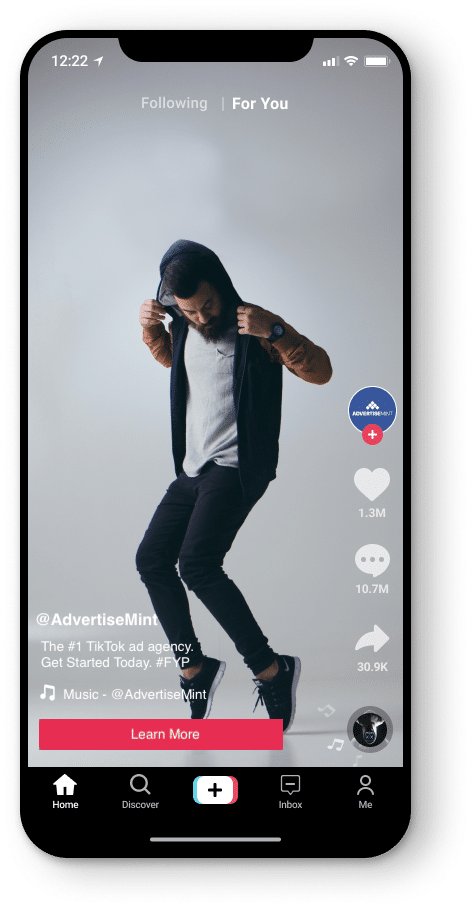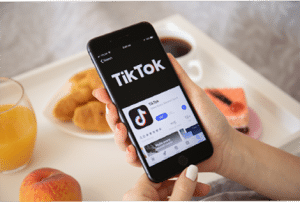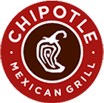Creating an effective TikTok marketing strategy involves careful planning and consideration of your brand, target audience, and the unique aspects of the platform.
Here are some steps to help you develop a successful TikTok marketing strategy:
Define Goals: Start by clearly defining your marketing objectives. Are you aiming to increase brand awareness, drive website traffic, generate leads, or promote specific products? Clearly outlining your goals will shape the rest of your strategy.
Understand Target Audience: Gain a deep understanding of your target audience on TikTok. Research their demographics, interests, behaviors, and the type of content they engage with on the platform. This insight will guide your content creation and targeting efforts.
Create Authentic Content: TikTok thrives on creative, authentic, and engaging content. Develop a content strategy that aligns with your brand values and resonates with your target audience. Use storytelling, trends, challenges, and user-generated content to capture attention and foster engagement.
Leverage TikTok Ad Formats: Explore the different ad formats TikTok offers, such as In-Feed Ads, Branded Hashtag Challenges, Branded Effects, and more. Select the formats that best align with your campaign goals and creative vision. Consider how these formats can enhance your organic content strategy.
Participate in Trending Challenges: Keep an eye on popular TikTok trends and challenges relevant to your brand. Participate in these challenges to increase brand visibility and engage with the TikTok community. Be creative and find unique ways to incorporate your brand into the challenges.
Collaborate with Influencers: Influencer collaborations can be a powerful way to amplify your reach and credibility on TikTok. Identify influencers whose audience aligns with your target market and collaborate on content creation or sponsored campaigns to leverage their influence and expand your brand’s reach.
Engage with TikTok Community: Actively engage with the TikTok community by responding to comments, collaborating with users, and participating in conversations. Building genuine connections with the community can help foster brand loyalty and increase engagement.
Measure and Optimize: Continuously monitor the performance of your TikTok marketing efforts. Utilize TikTok Ads Manager to track key metrics, such as impressions, engagement rates, click-through rates, and conversions. Analyze the data to identify successful strategies and areas for improvement, and optimize your content and campaigns accordingly.
Stay Up-to-Date with TikTok Updates: TikTok is constantly evolving with new features and trends. Stay informed about platform updates, algorithm changes, and emerging content formats. Adapt your strategy to leverage these updates and stay relevant in the TikTok ecosystem.
Test, Iterate, and Learn: Experiment with different approaches, content styles, and targeting options. Test variations of your ads, track results, and learn from your successes and failures. Use the data-driven insights gained from testing to refine and improve your TikTok marketing strategy over time.
By following these tips, you can create an effective TikTok marketing strategy that will help you reach your target audience and achieve your business goals.














